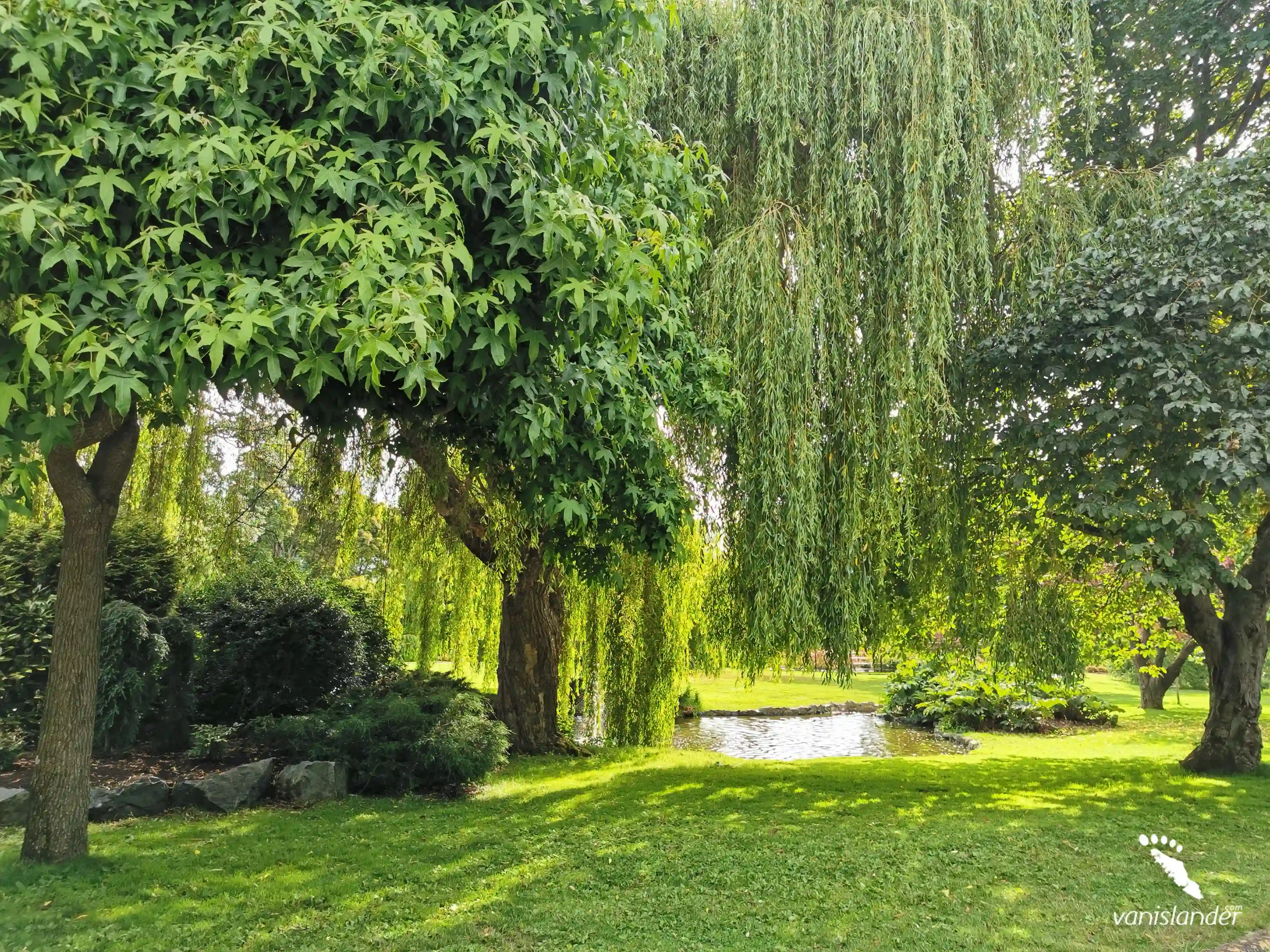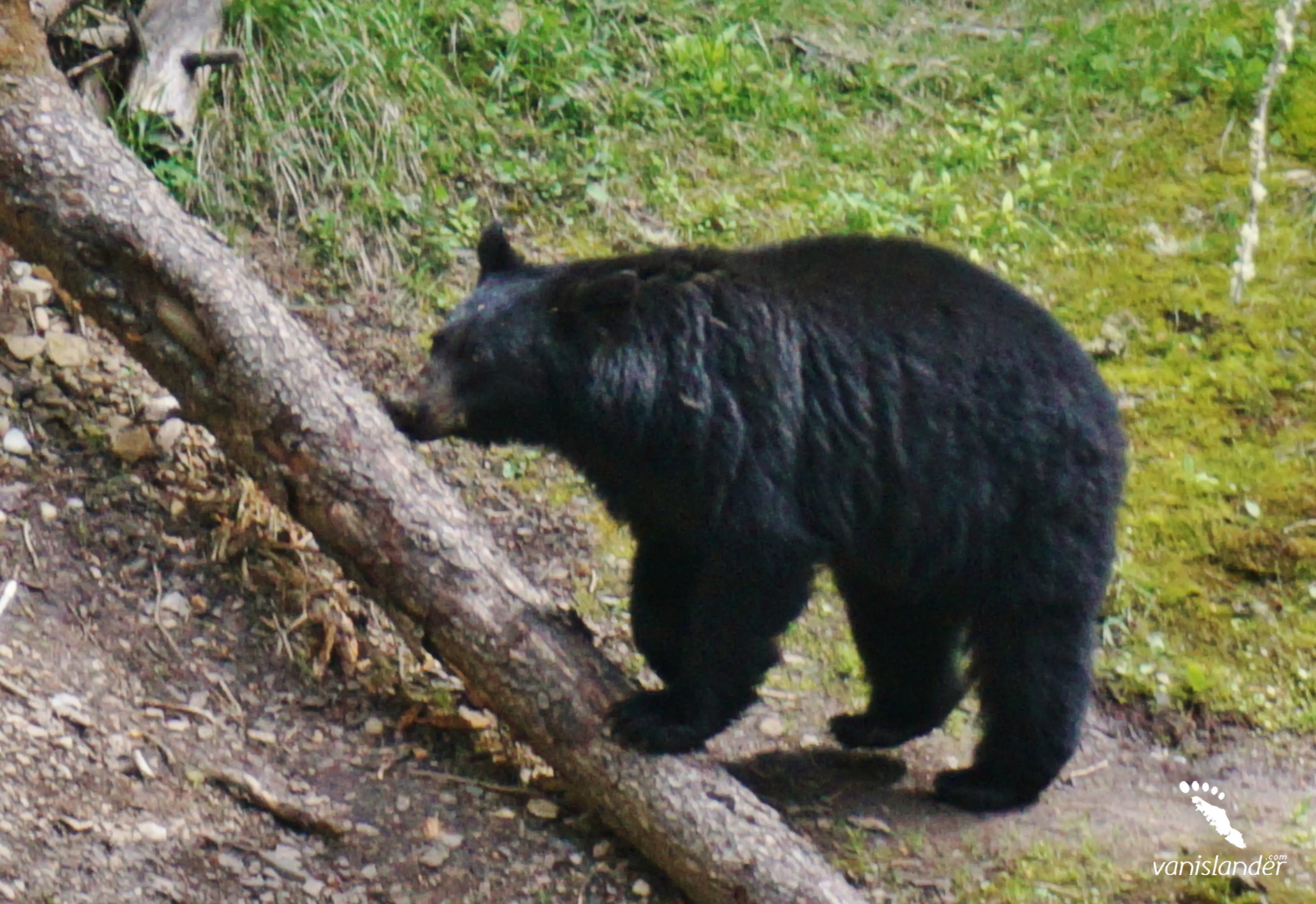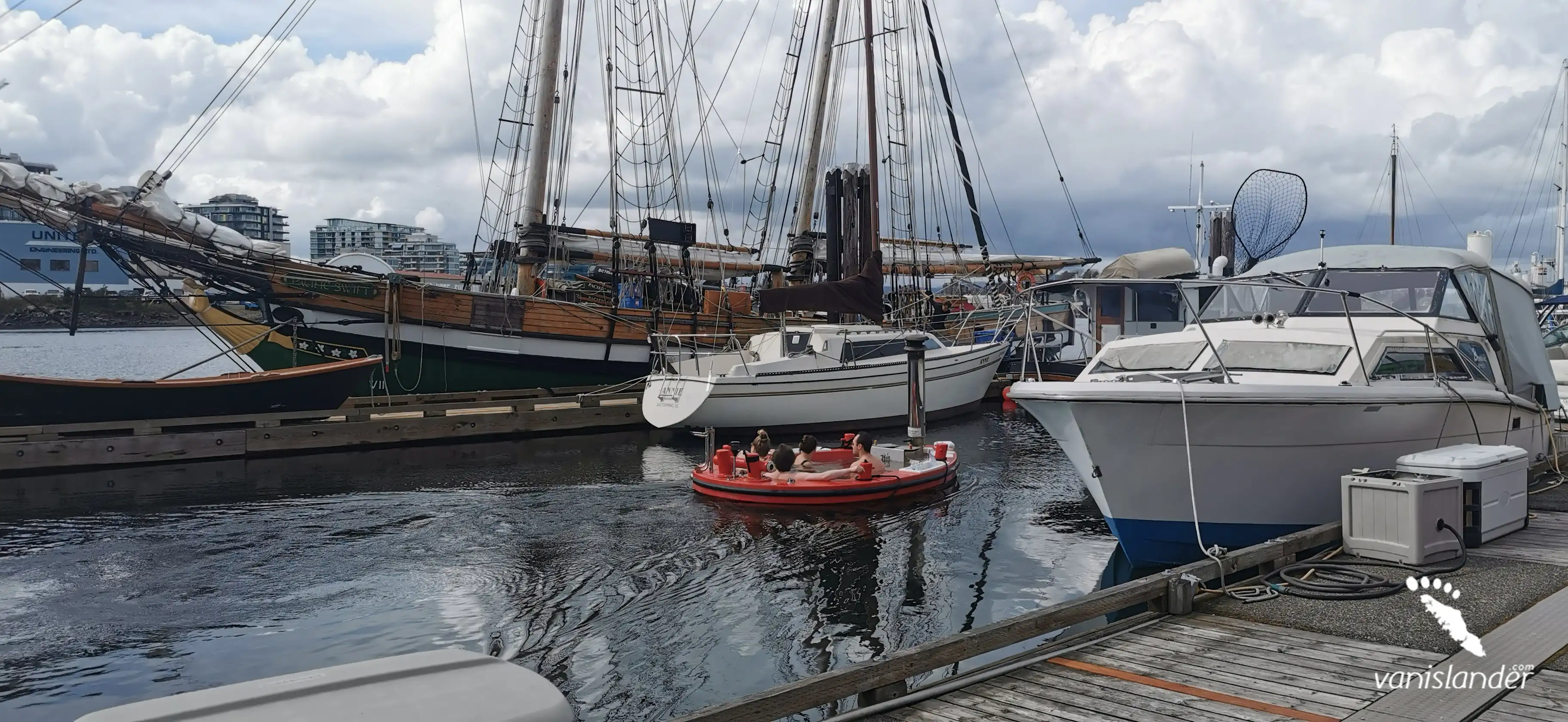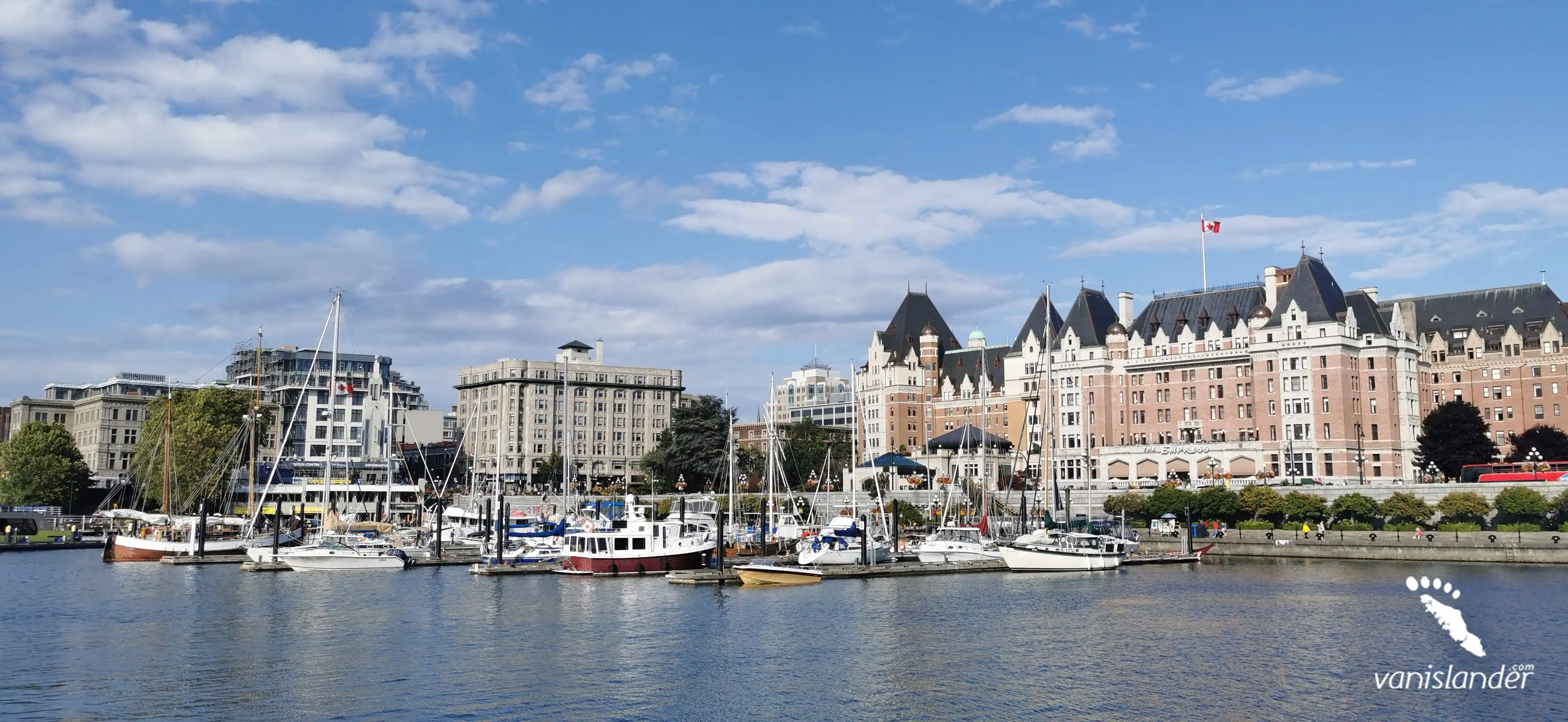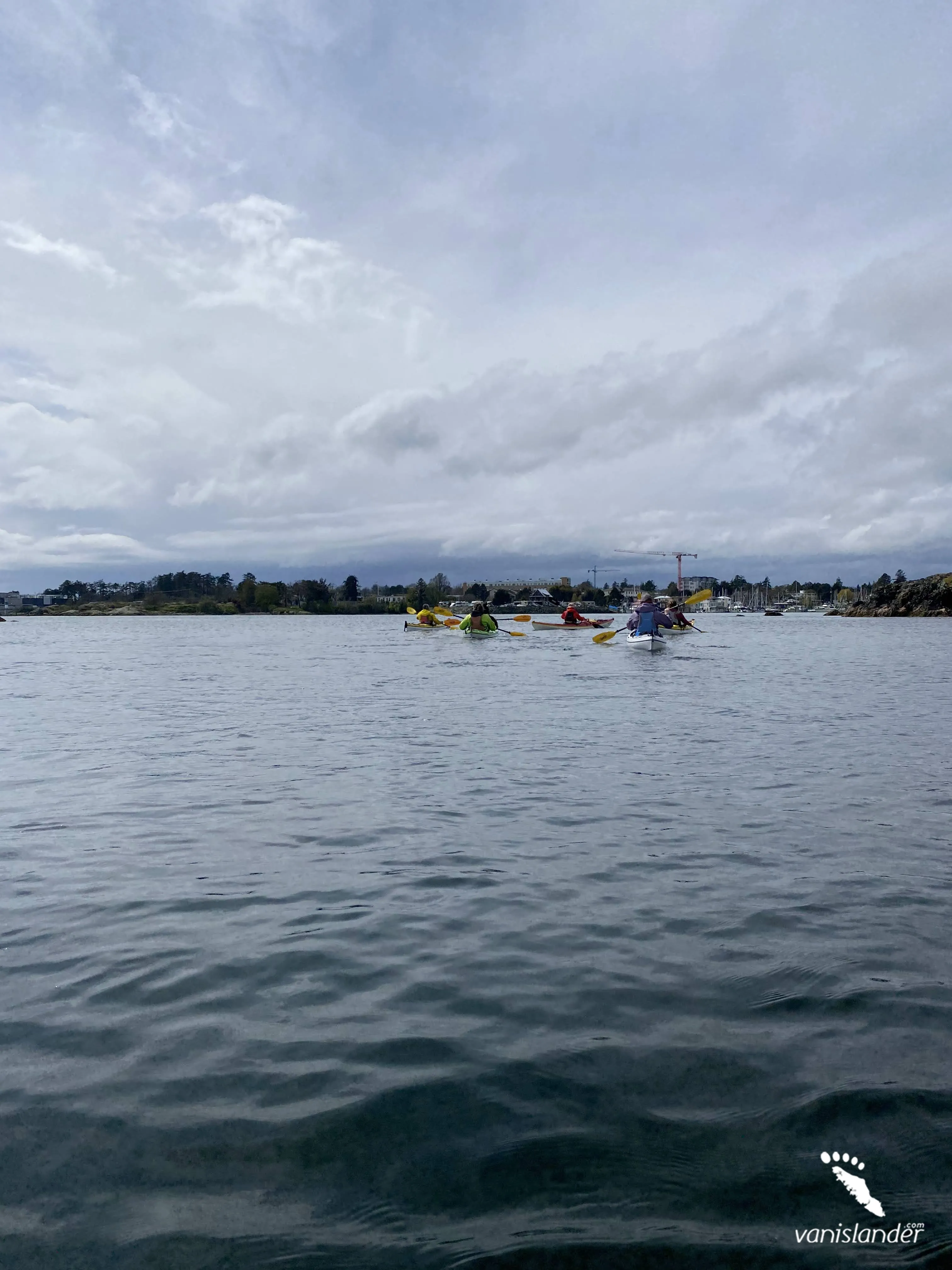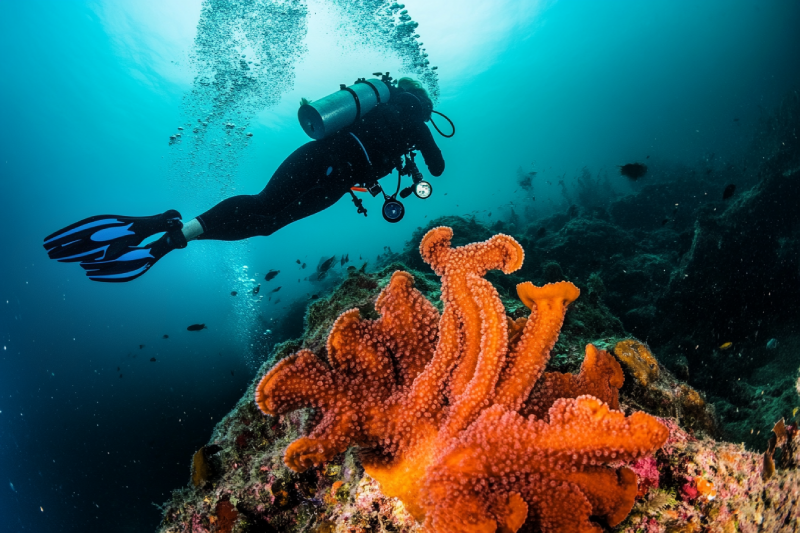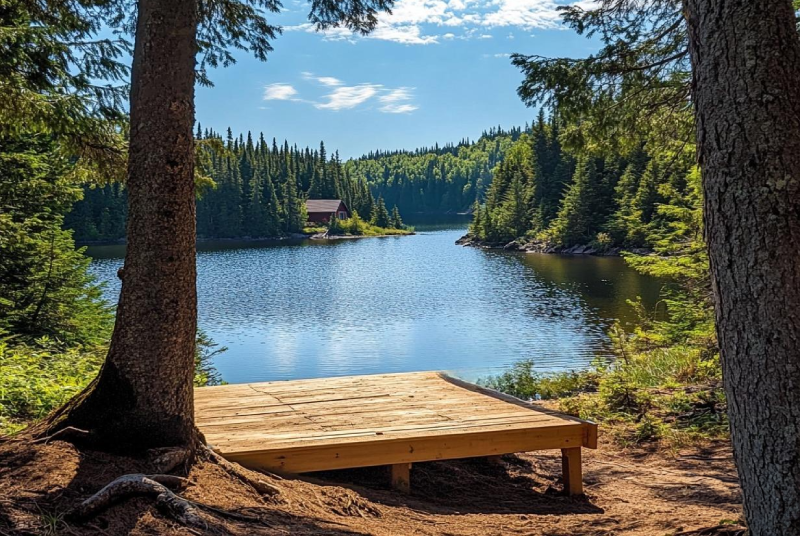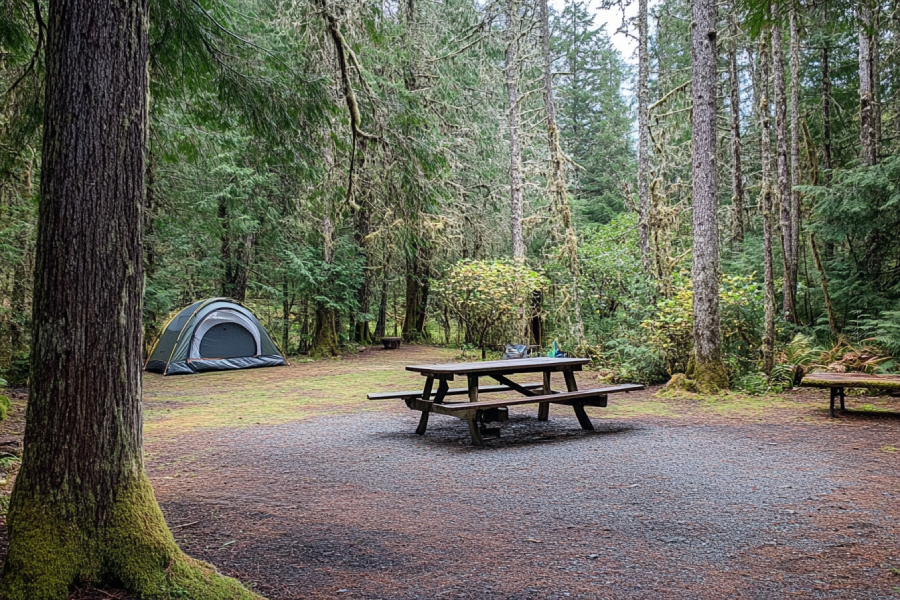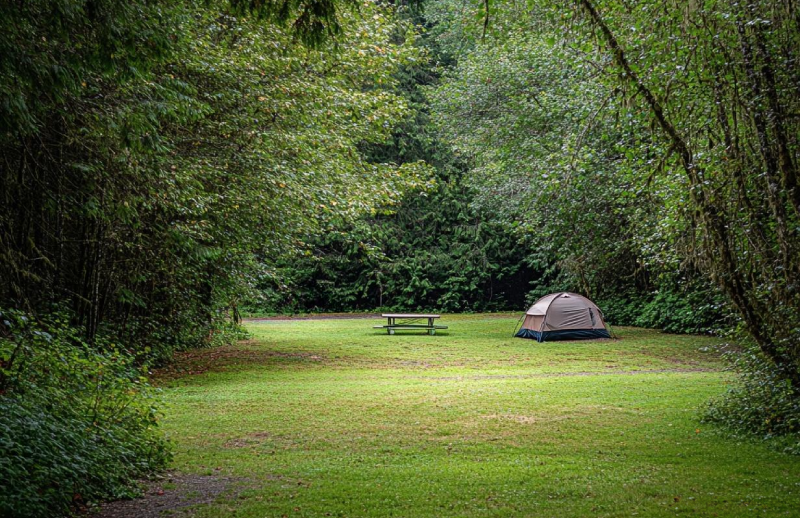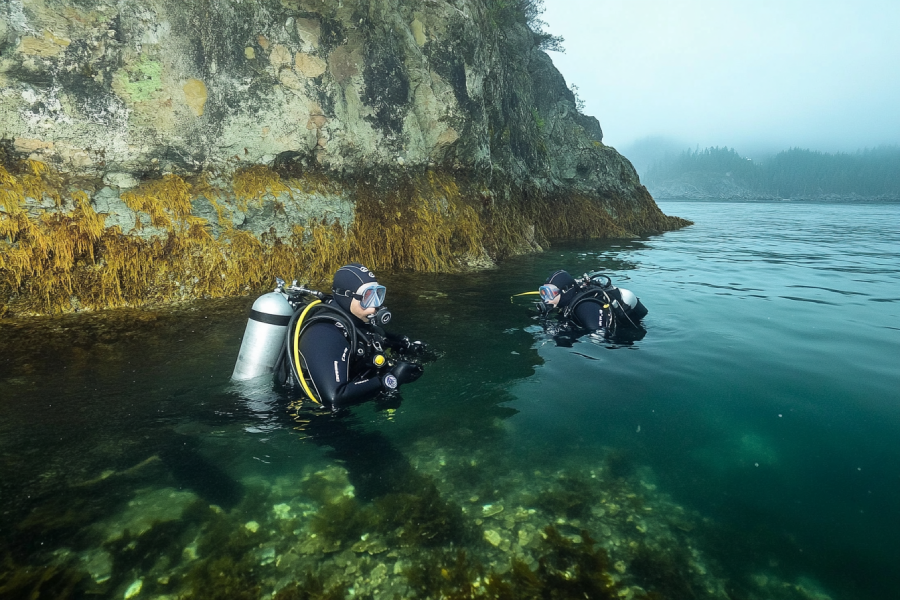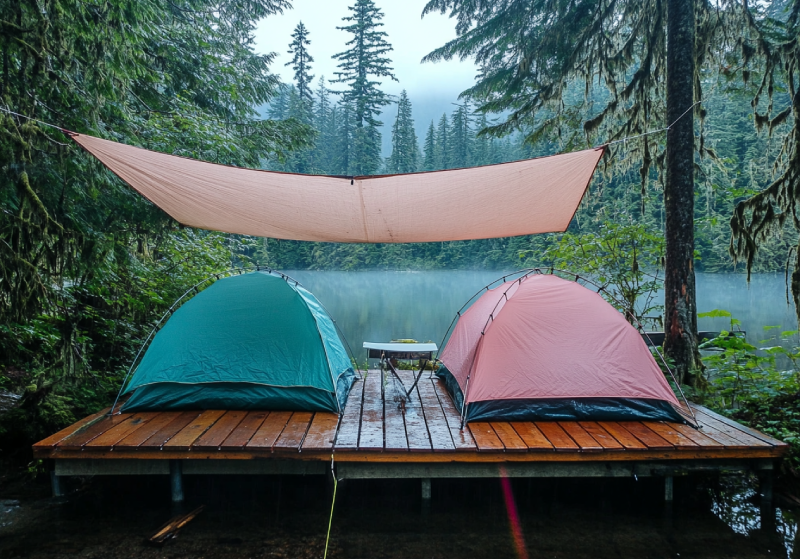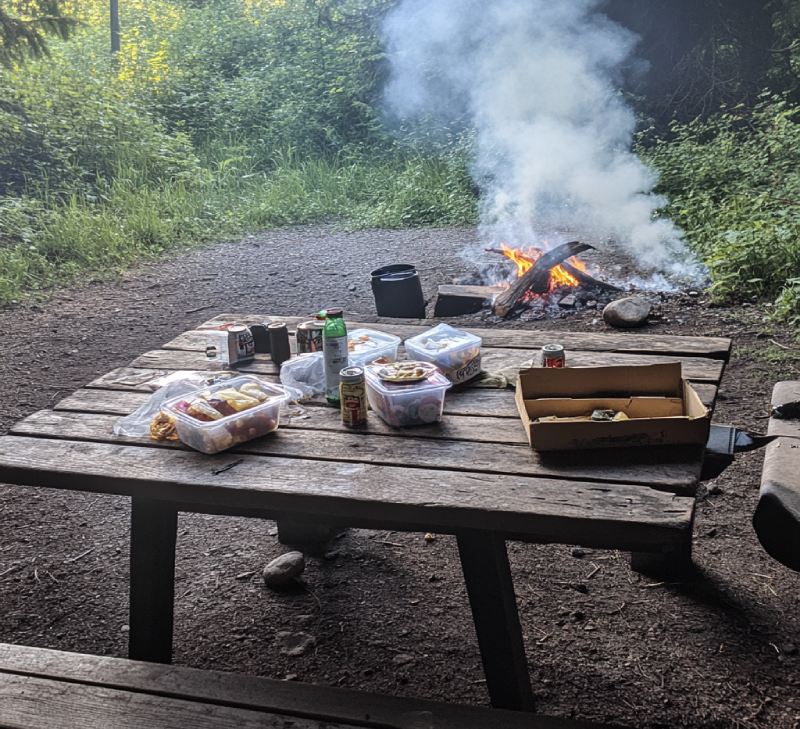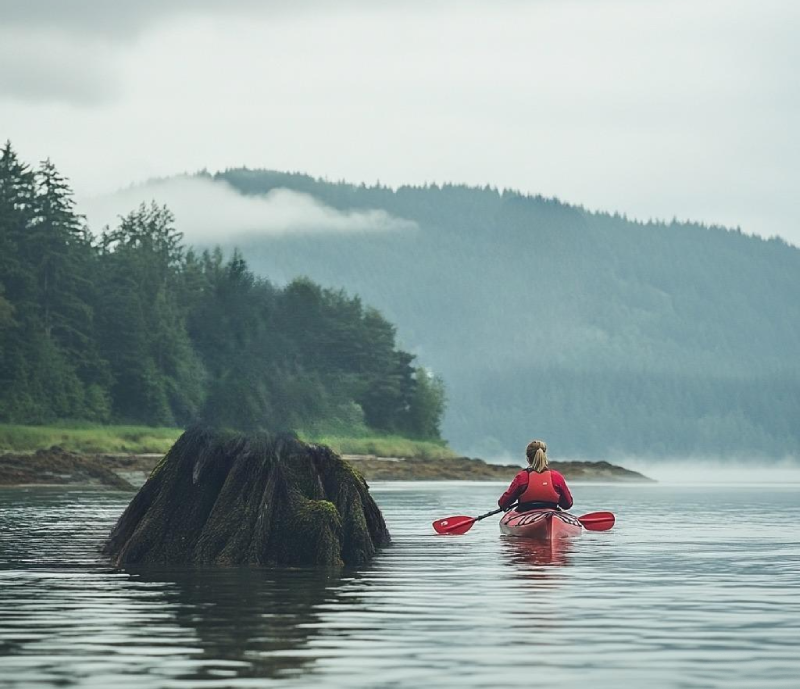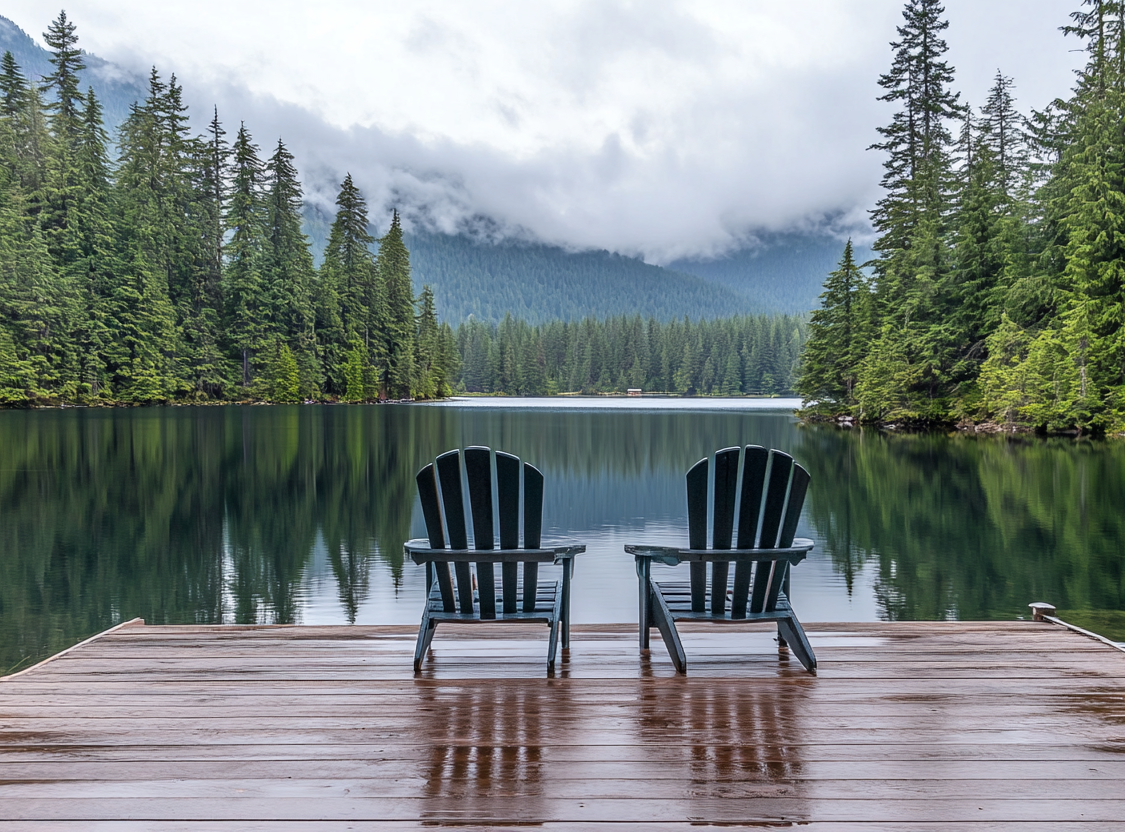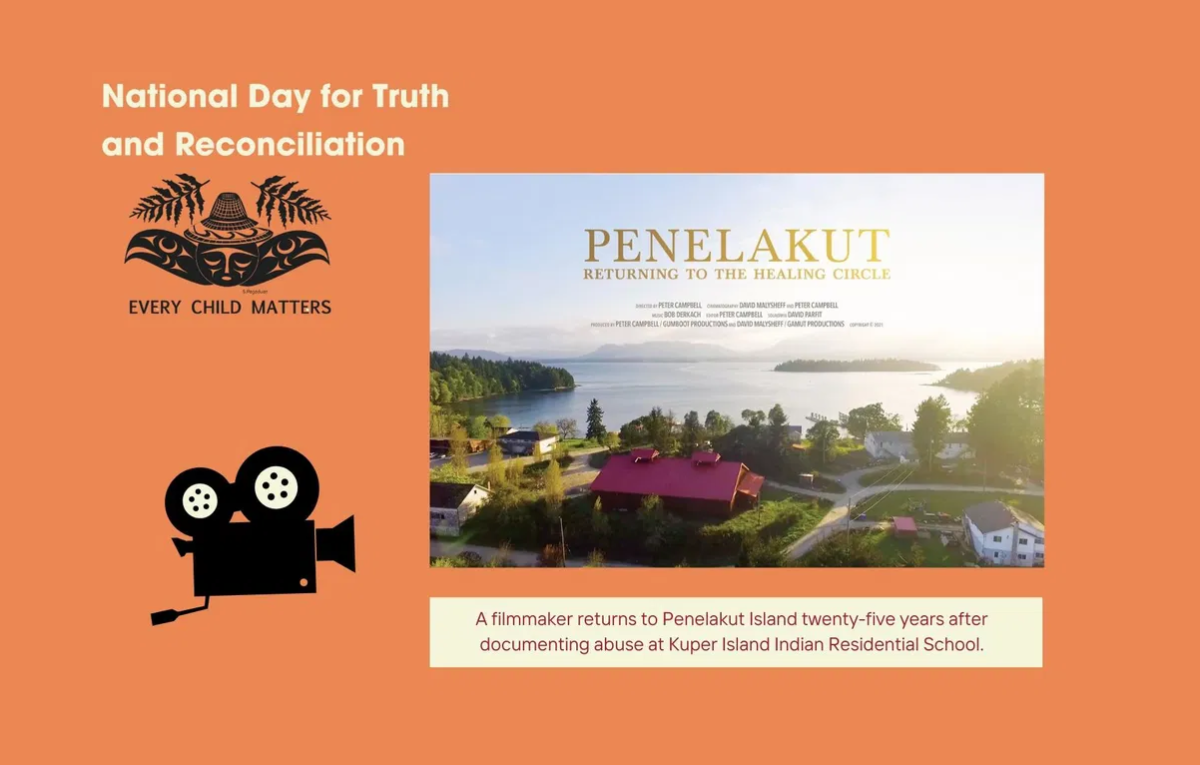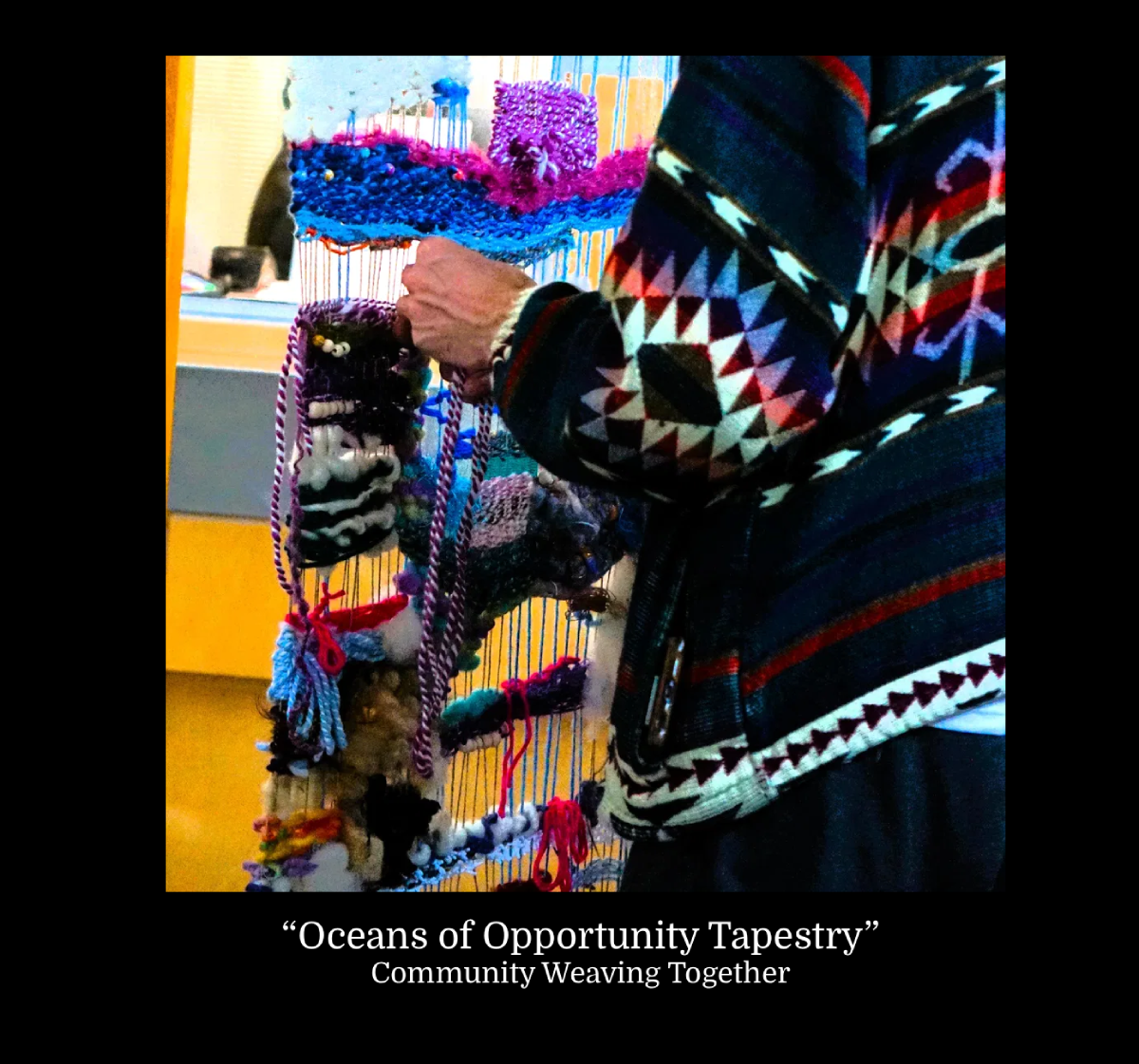Nanaimo’s beaches offer a rich variety of coastal experiences, all within easy reach of the city’s vibrant harbour and surrounding neighbourhoods. Known as the “Harbour City,” Nanaimo blends urban access with wild shorelines, where tidal rhythms shape daily life and nature is always close at hand. Departure Bay Beach sits at the heart of it all — a central gathering place with views of ferry crossings, forested cliffs, and curious seals just offshore. It’s a place where locals gather with coffee in hand, children splash in shallow waves, and the tempo of life feels just a little slower.
Just north of the city centre, Neck Point Park and Pipers Lagoon are two of the region’s most celebrated coastal gems. These beaches are more than scenic viewpoints — they’re ecologically rich intertidal zones, home to birds, otters, kelp beds, and tide pools teeming with life. Both offer easy access to forested walking trails, rocky bluffs, and quiet spots to pause and reflect. These shorelines are located within Snuneymuxw territory, and visitors are encouraged to treat the land with the same care and intention that continues to guide Indigenous stewardship here. Whether you’re seeking a morning swim, a coastal walk, or a moment of stillness, Nanaimo’s beaches offer both natural beauty and a strong sense of place.
Beaches Around Lantzville & Nanoose Bay
North of Nanaimo, the beaches around Lantzville and Nanoose Bay offer a quieter, more rural stretch of coastline where the pace of life is shaped by tides, seasons, and the sounds of the sea. These are places where you’ll find locals walking their dogs at low tide, spotting herons along the shore, or collecting beach stones with their children on sunny afternoons. The beaches here are often less developed than those in nearby urban centres — offering a sense of openness, calm, and gentle solitude.
In Lantzville, the waterfront is narrow and intimate, framed by large driftwood logs and views across the Strait of Georgia. The intertidal zone here is expansive at low tide, revealing sandbars and marine life that reward those who walk patiently. In Nanoose Bay, beach access points such as Wall Beach and Brickyard Community Park offer a rugged charm, perfect for nature lovers and those seeking less-trodden paths. These shorelines fall within the traditional territories of the Snaw-naw-as and Qualicum First Nations, whose enduring relationship with the sea continues to guide local environmental values. Visitors are encouraged to come with a sense of quiet appreciation — these are beaches that don’t announce themselves loudly, but speak gently to those who take the time to listen.
Parksville & Qualicum Beach Area
The beaches of Parksville and Qualicum are among the most iconic on Vancouver Island — wide, sandy, sun-warmed, and incredibly family-friendly. Rathtrevor Beach, one of the island’s best-known destinations, stretches out for nearly a kilometre at low tide, revealing vast tidal flats that invite beachcombing, birdwatching, and playful exploration. The shallow waters warm quickly in the summer, making it ideal for children and families, while the adjacent provincial park provides shaded forest trails, picnic areas, and well-maintained facilities that support
longer stays and camping.
Further north, Qualicum Beach offers a more tranquil and mature atmosphere, where visitors stroll the promenade or take in panoramic ocean views with the Coastal Mountains rising in the distance. At French Creek, the working harbour adds a layer of coastal culture, where visitors can watch fishing boats come and go or grab fresh seafood to enjoy seaside. This area is within the traditional territories of the Qualicum and Snaw-naw-as First Nations, and its long history of stewardship is reflected in ongoing conservation efforts and strong local pride in the region’s natural beauty. Whether you’re travelling with kids, enjoying a romantic getaway, or seeking a scenic rest along your coastal journey, the beaches of Parksville and Qualicum offer a welcoming blend of ease, wonder, and coastal hospitality.
Beaches Near Bowser, Deep Bay & Lighthouse Country
Tucked between the more visited shores of Qualicum Beach and the Comox Valley, the coastline around Bowser, Deep Bay, and the Lighthouse Country offers a quieter, more elemental beach experience. This is a stretch of coast where time feels slower, the tide defines the day, and nature takes centre stage. The beaches here tend to be more rugged and rocky, with scattered driftwood, thick kelp beds, and expansive views across Baynes Sound to Denman and Hornby Islands. At low tide, the shorelines reveal intricate intertidal ecosystems — rich with sea stars, crabs, and anemones that reward careful and respectful observation.
Deep Bay itself is home to an active shellfish research station and has long been an important site for aquaculture and Indigenous harvesting. The area sits within the unceded territory of the Qualicum First Nation, whose relationship with these waters spans countless generations. Visitors will find fewer crowds here, but more opportunities to connect deeply with the land and sea — whether you’re kayaking at dawn, walking the rocky beach with a thermos in hand, or watching eagles soar overhead. This is a region for those who value quiet discovery, coastal stewardship, and places that haven’t been shaped for mass tourism — but remain rich in meaning, story, and life.
Top Beaches in the Comox Valley
The Comox Valley offers a dynamic coastal experience where mountain views meet tidal rhythms, and where beaches serve as gathering places for both locals and visitors year-round. Goose Spit, just minutes from downtown Comox, is a long, curving spit of sand and gravel that stretches into the Salish Sea. Popular for sunset walks, family picnics, and ocean dips on warm days, it also serves as a vital ecological zone — a nesting area for shorebirds and a rich intertidal habitat. Its well-maintained facilities, gentle beach access, and scenic beauty make it one of the valley’s most beloved outdoor spaces.
To the north, Kye Bay is known for its expansive sandbars, which stretch far out at low tide, creating a wide and inviting play space for families, solo beachcombers, and photographers alike. The warm shallows and exposed tidal pools make it an ideal spot for gentle wading and wildlife observation. These beaches sit within the traditional territory of the K’ómoks First Nation, and efforts to care for the land are evident in ongoing restoration work and respectful access points. In the Comox Valley, the beach is not just a backdrop — it's a space for connection, regeneration, and community celebration, whether you're catching a glimpse of snow-covered peaks across the water or simply soaking in the stillness of a calm morning tide.
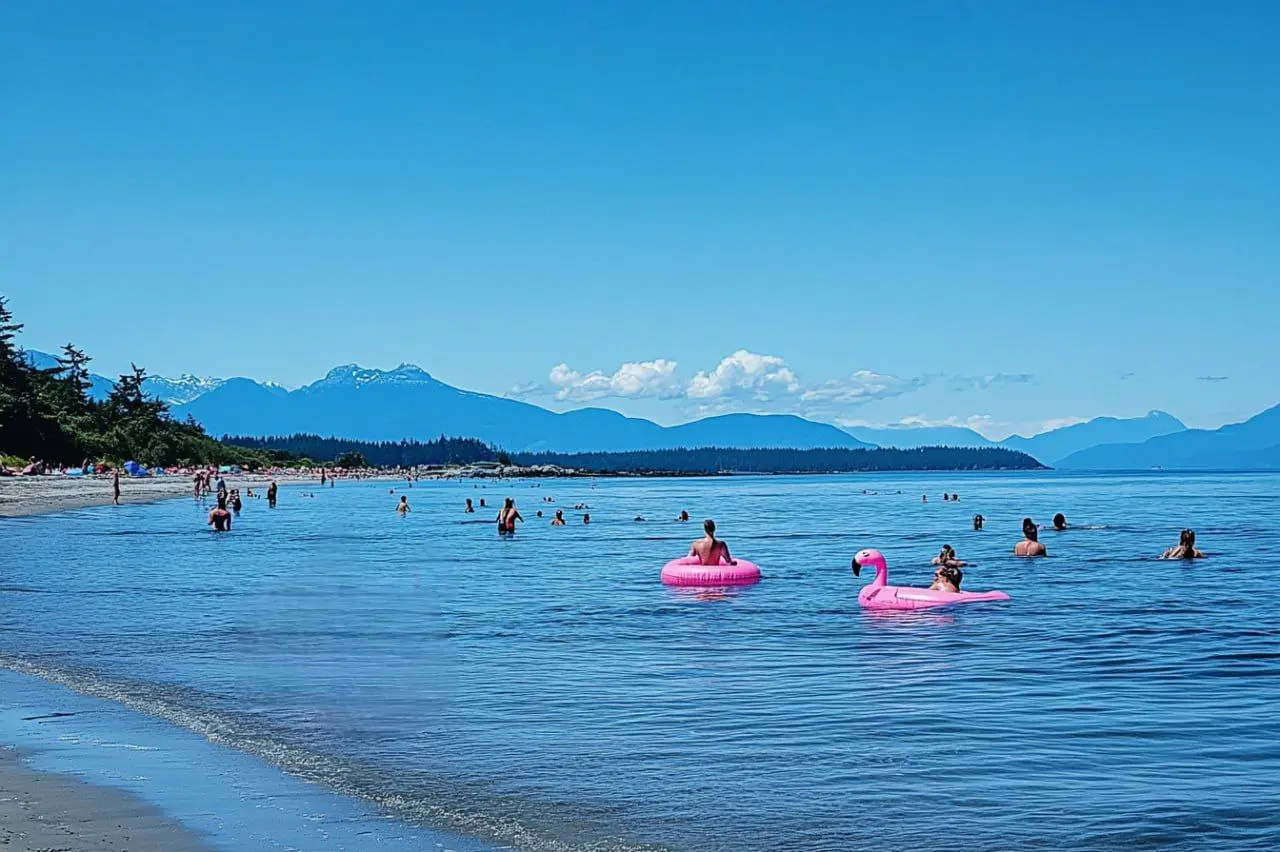
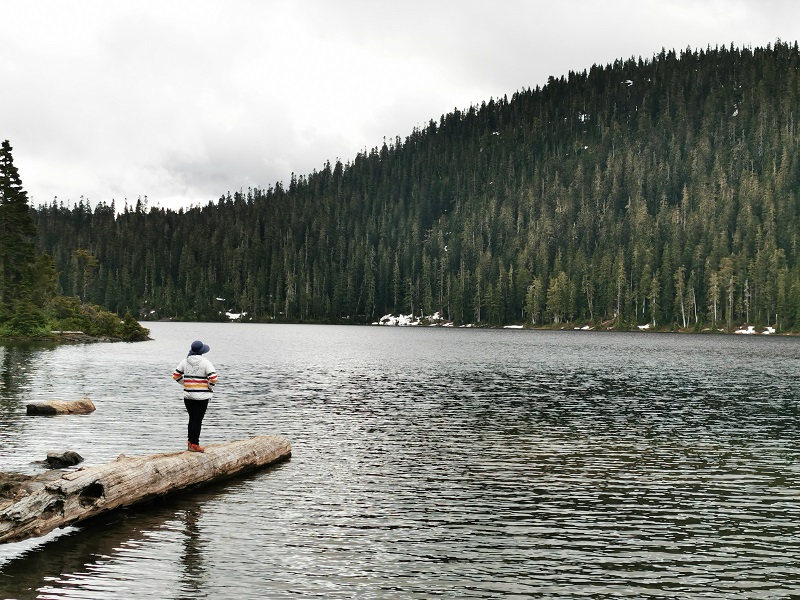
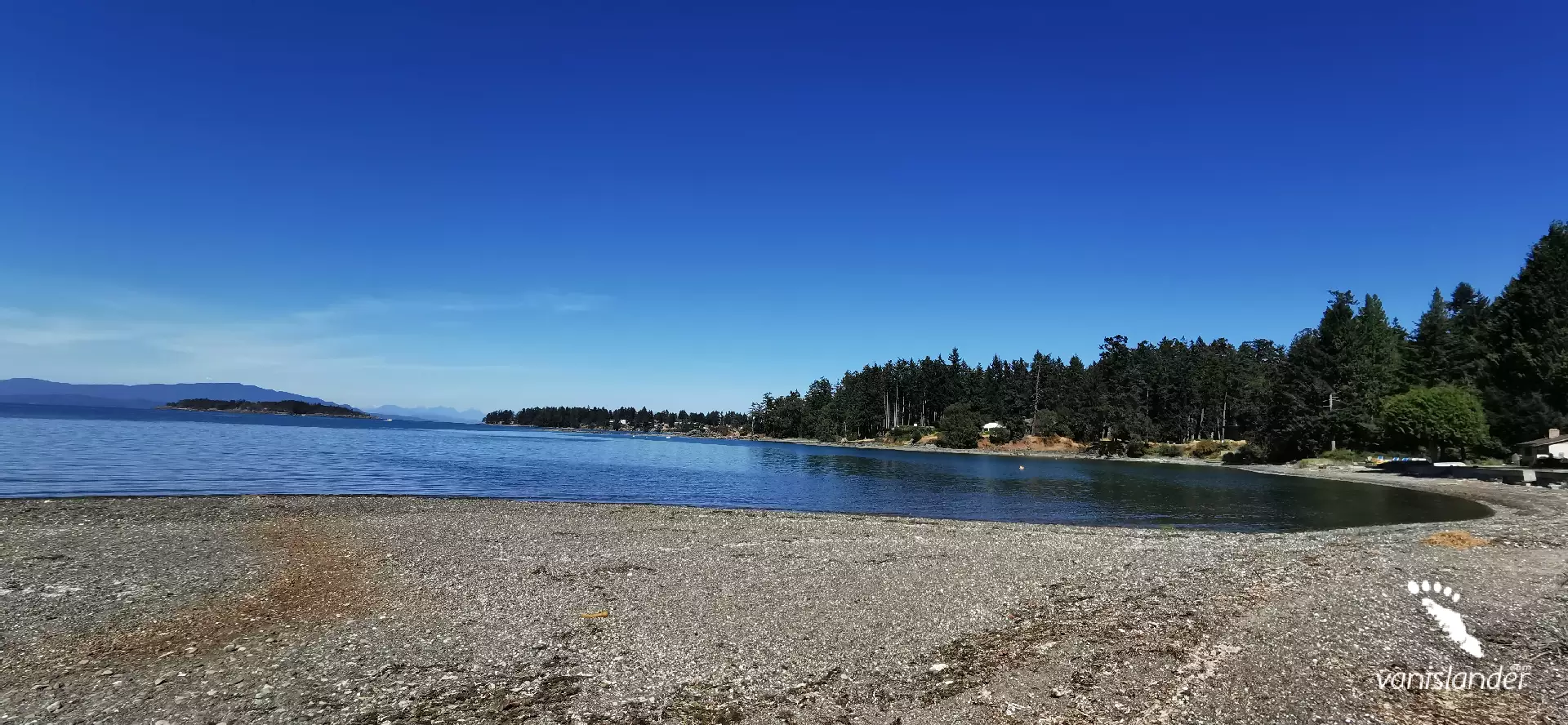
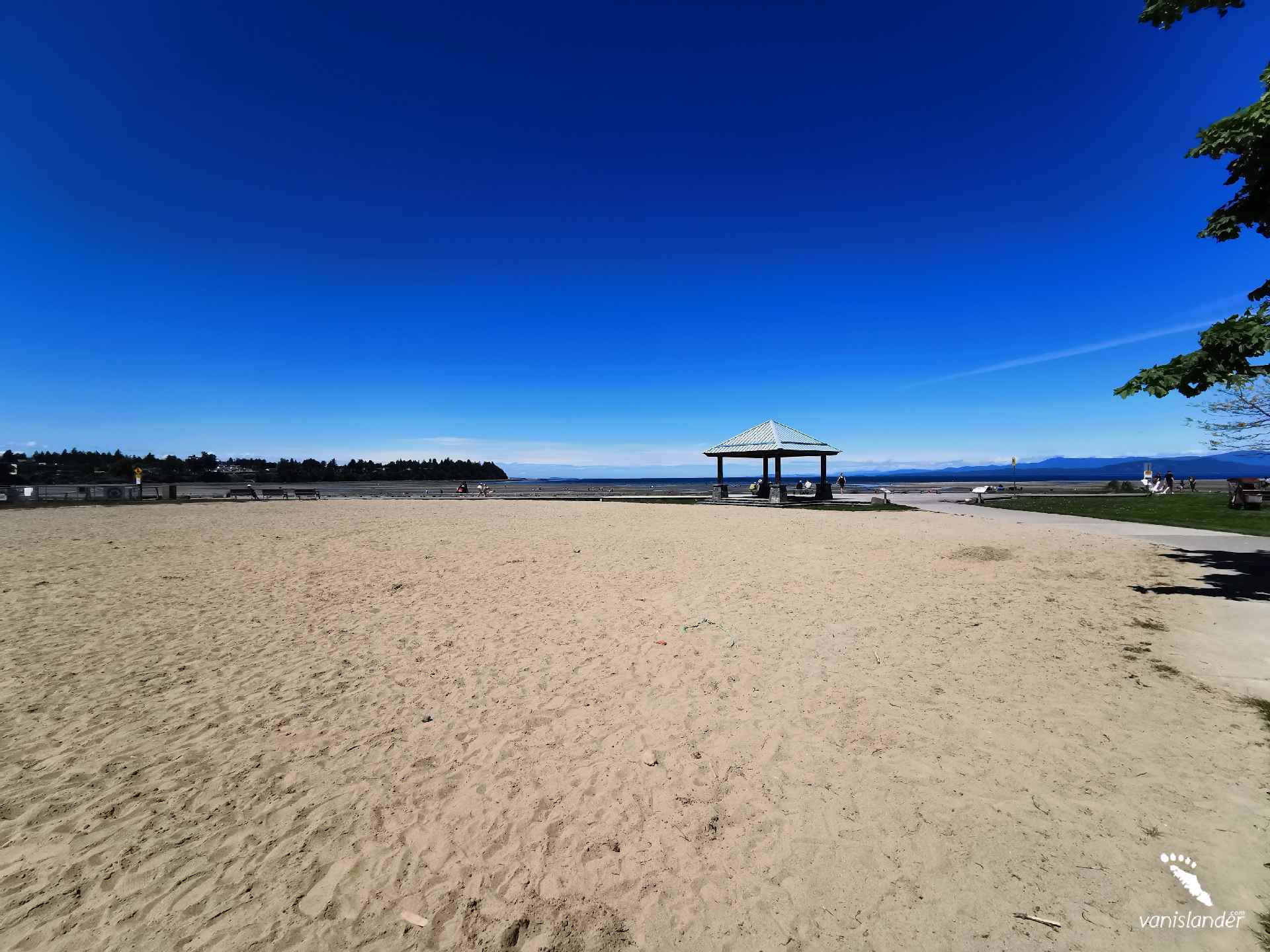
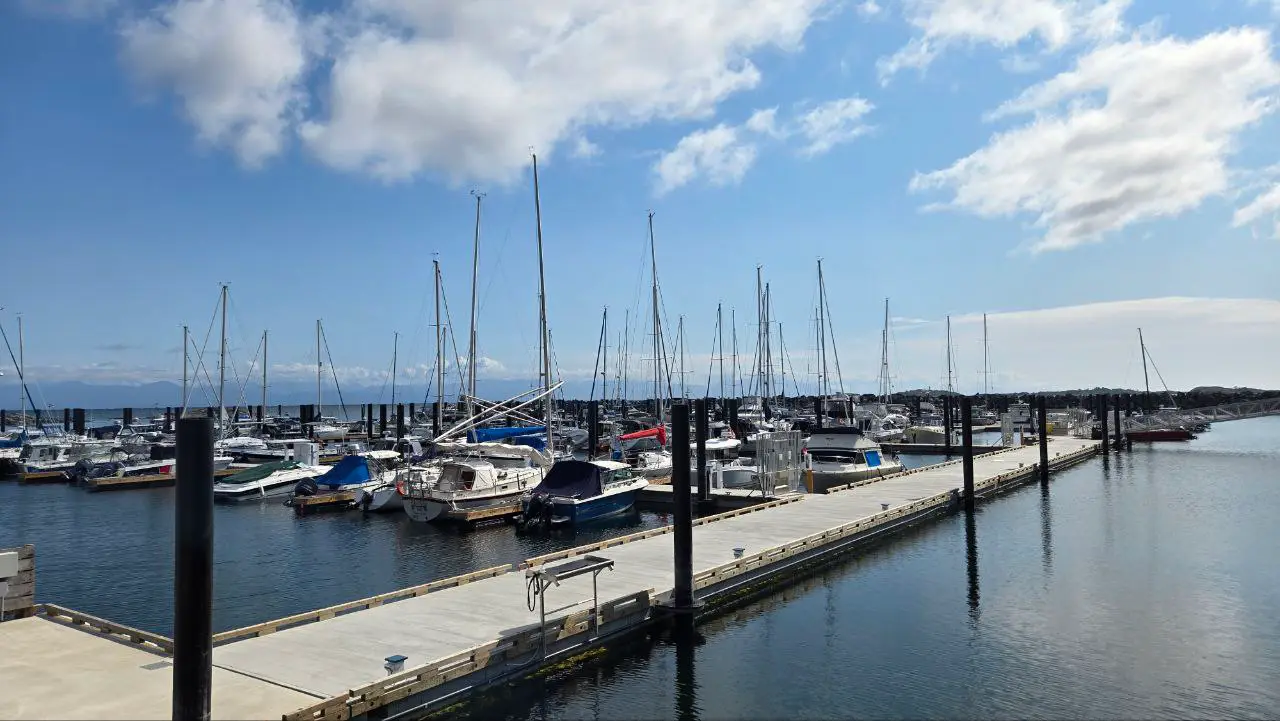
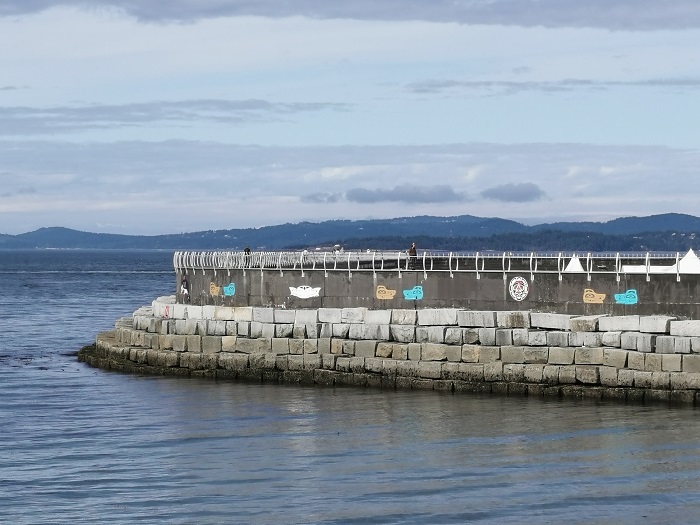
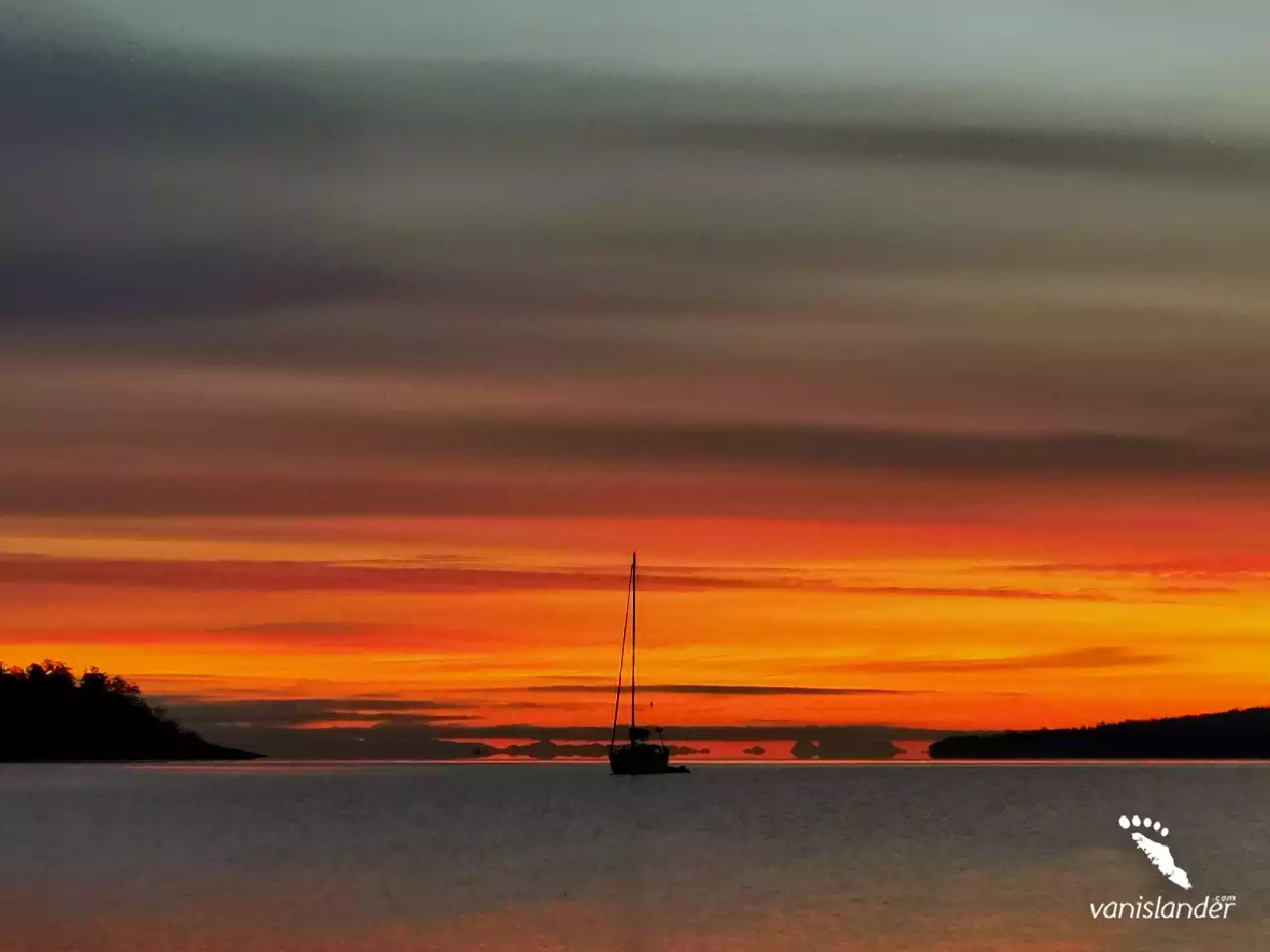
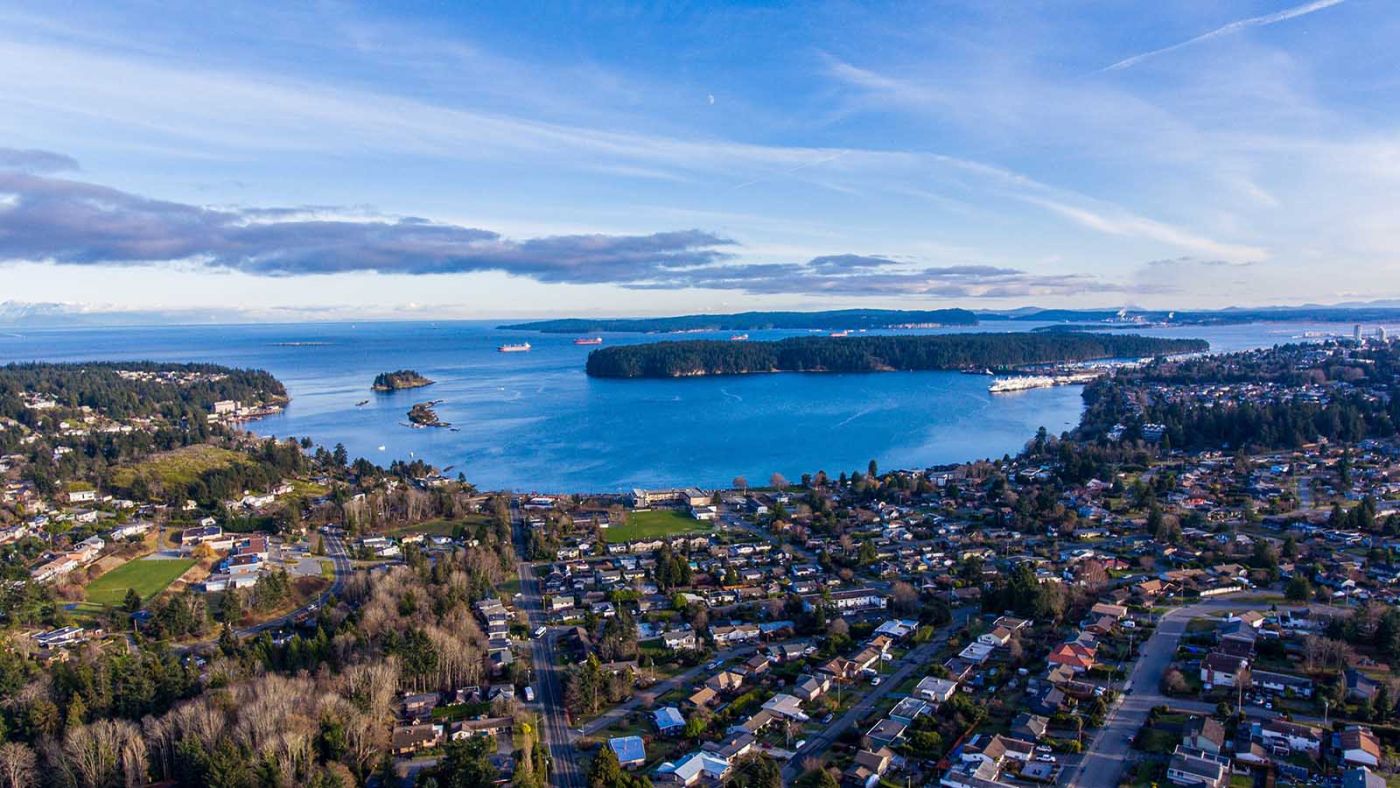
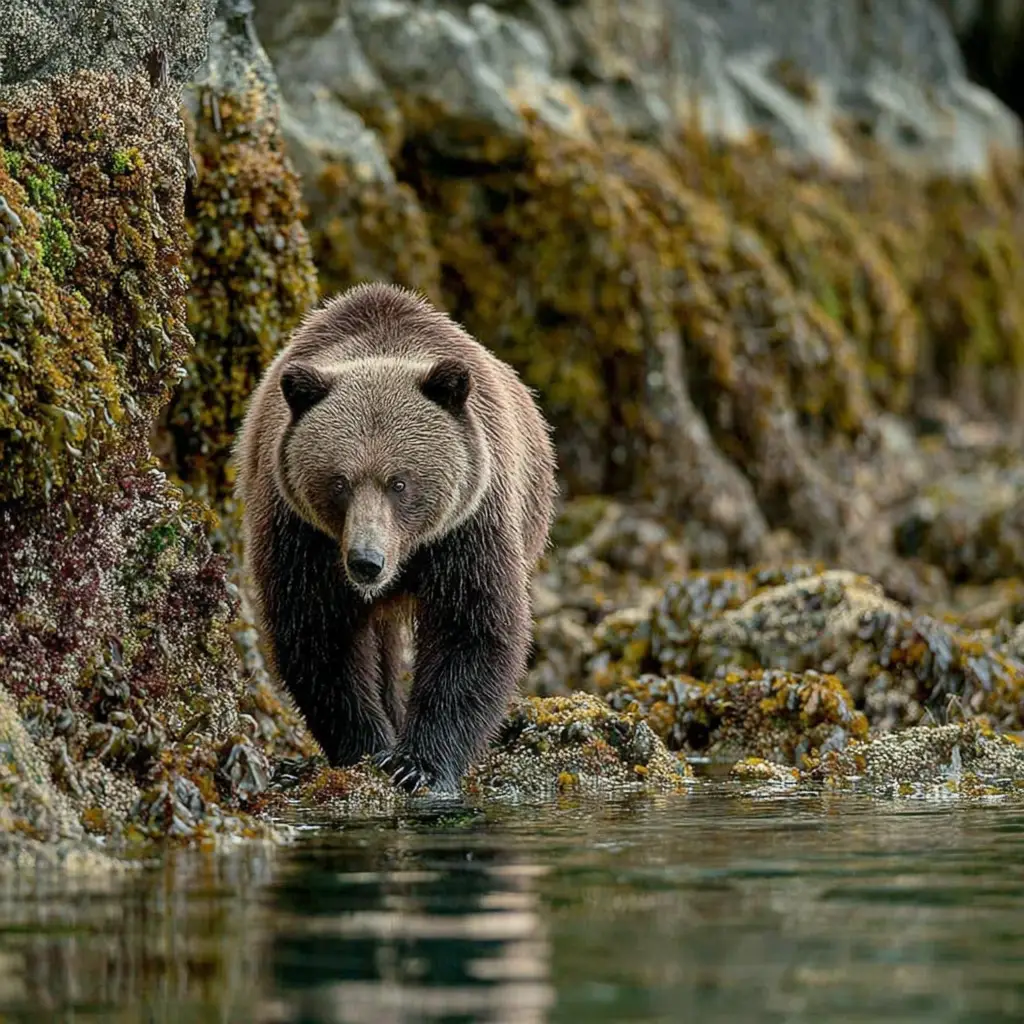

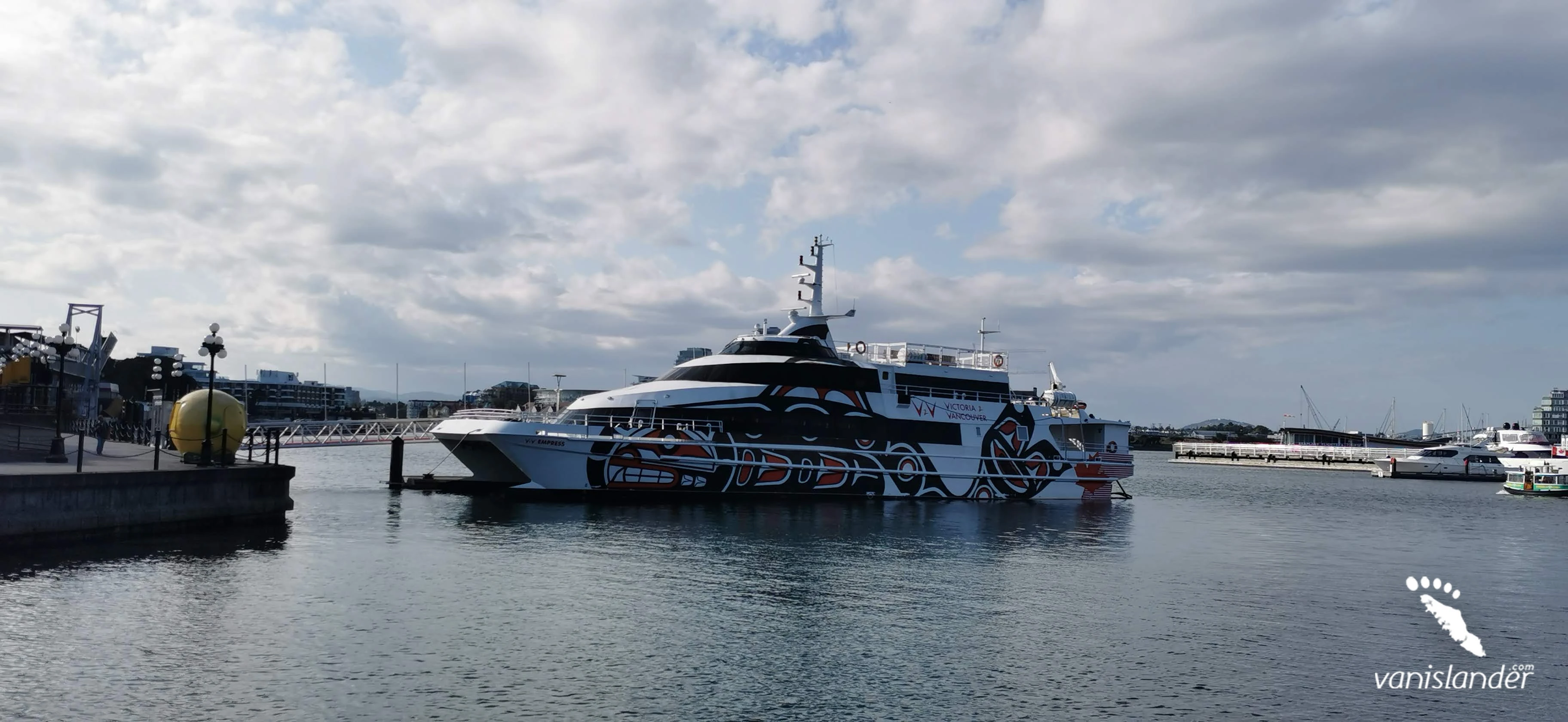

.webp)
